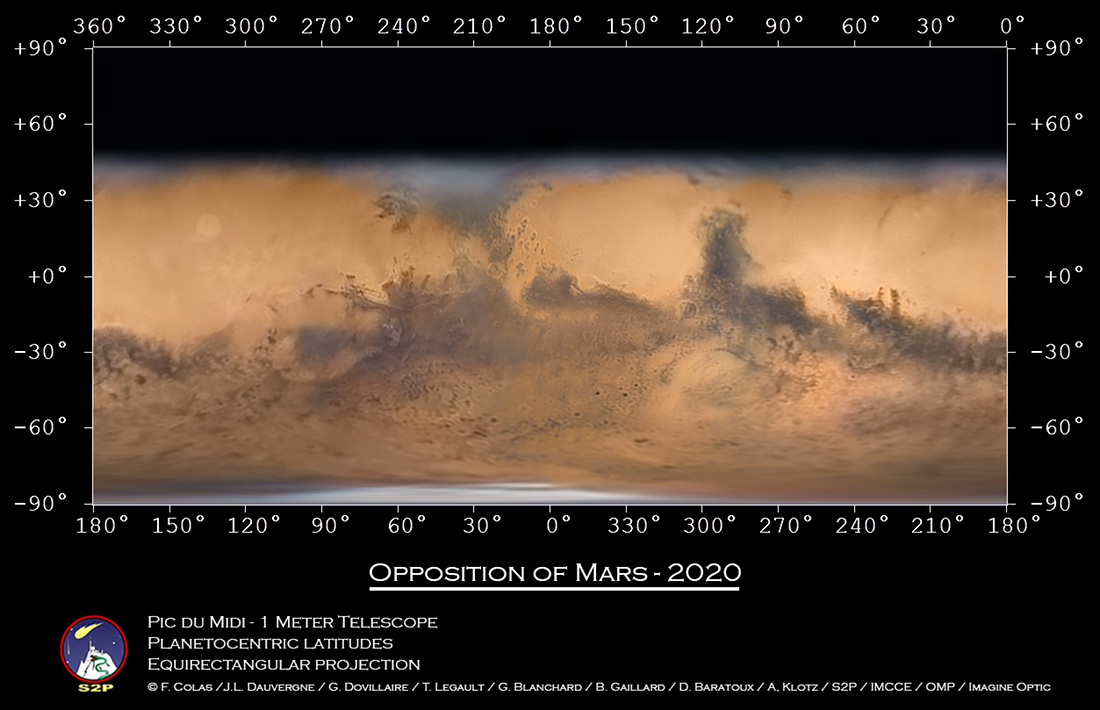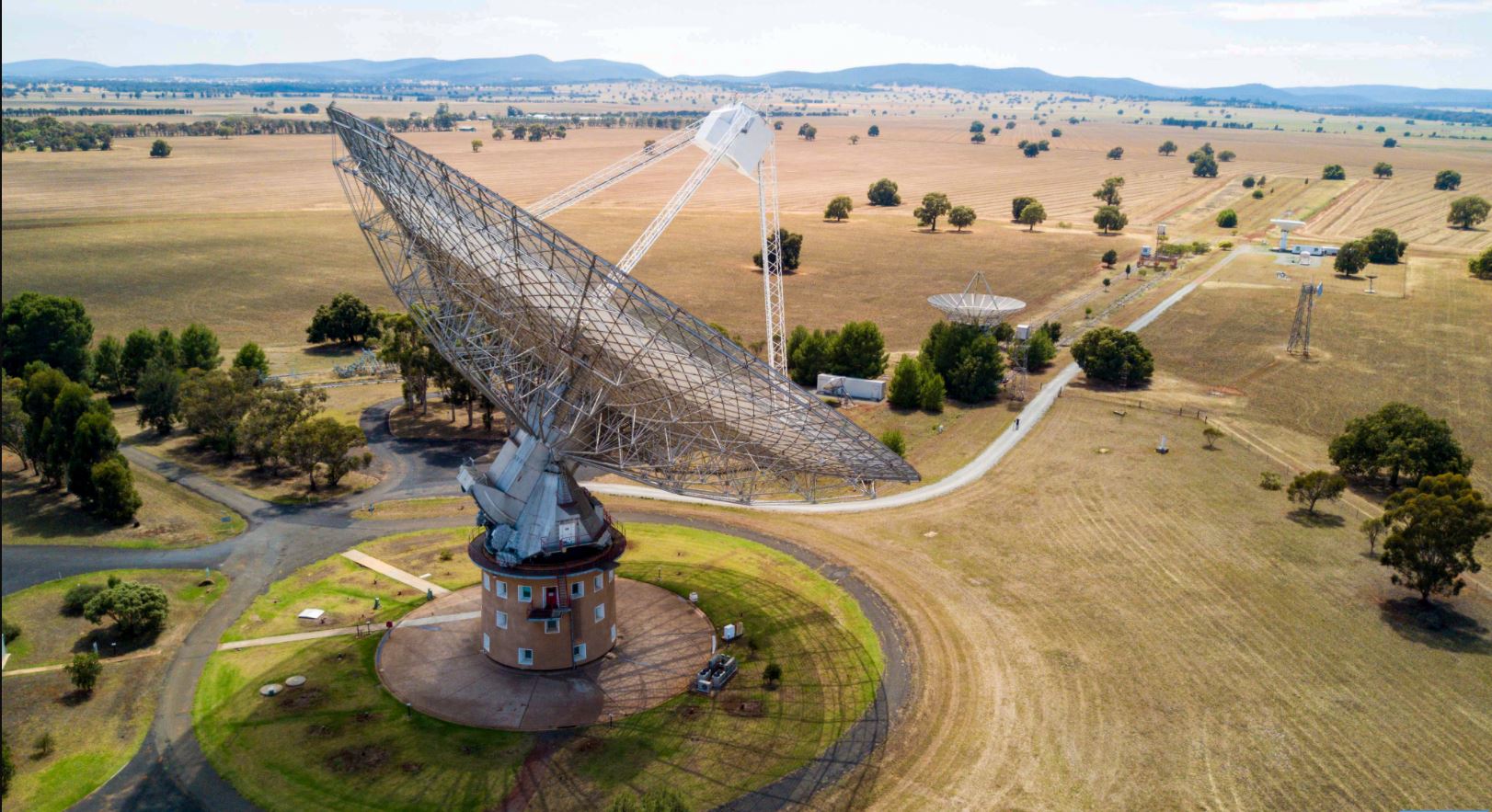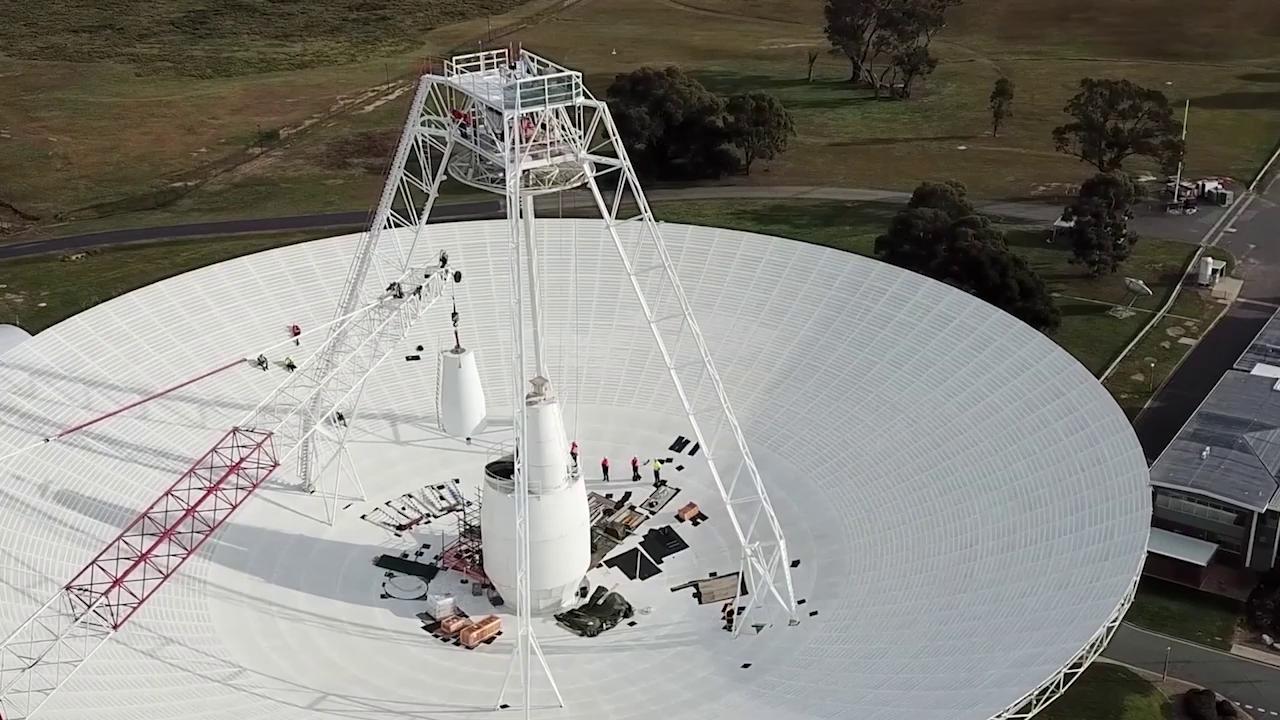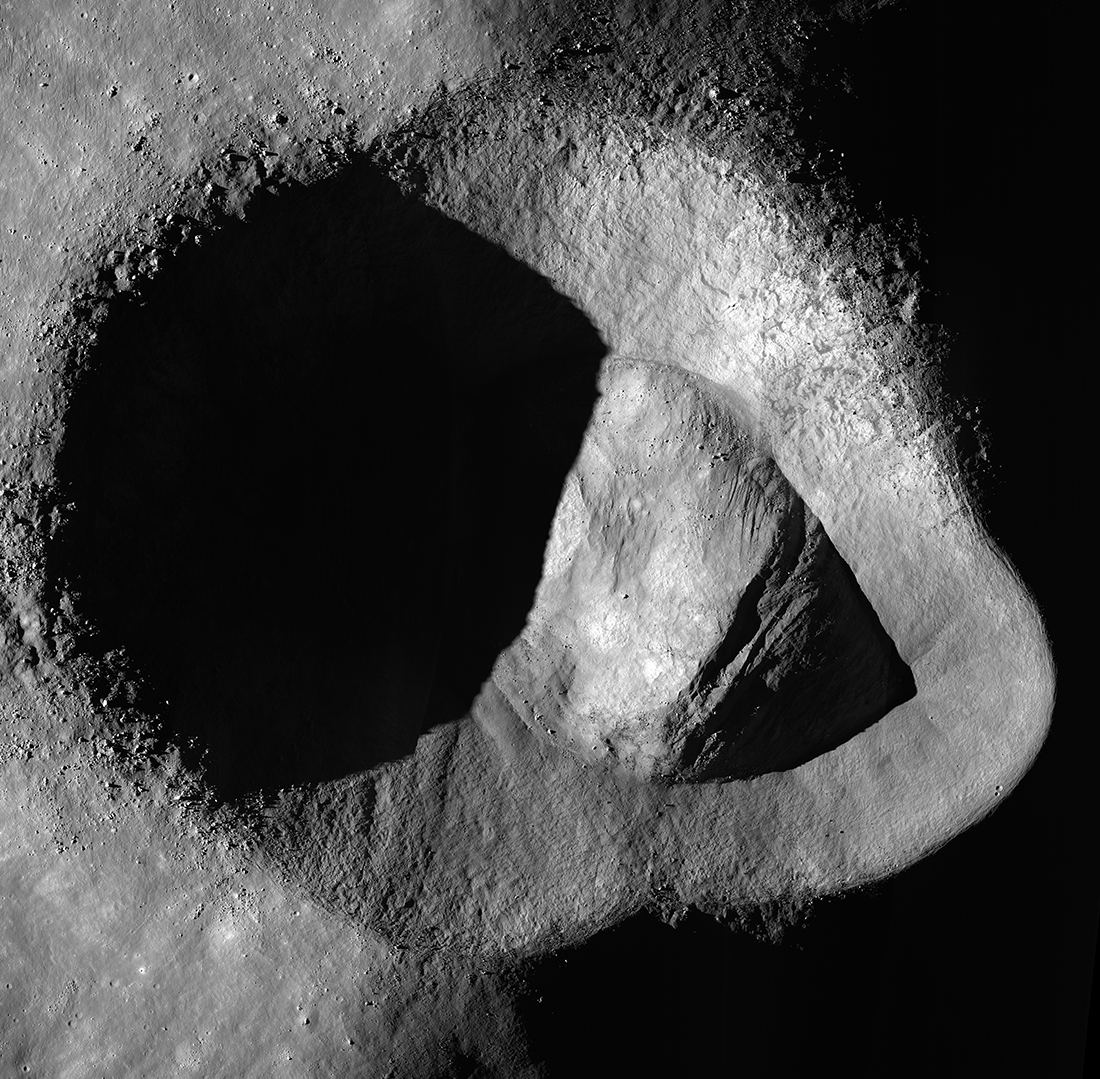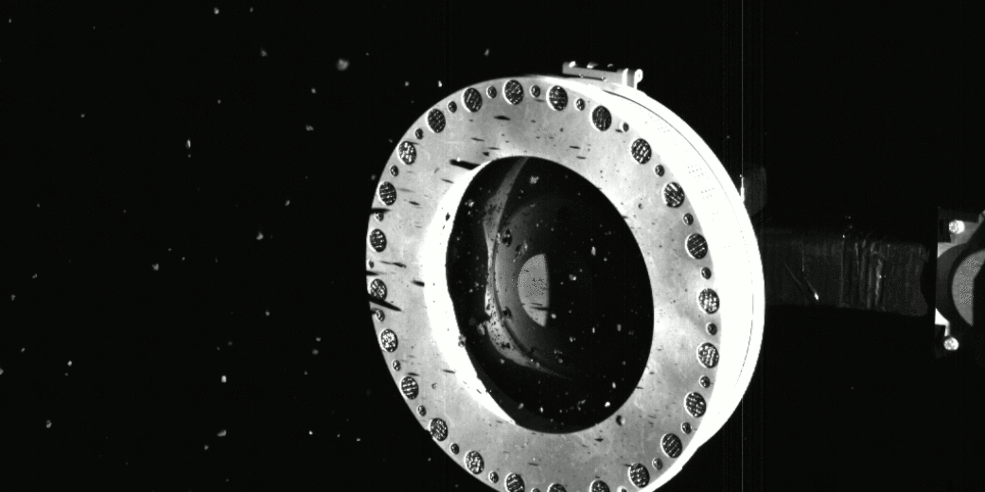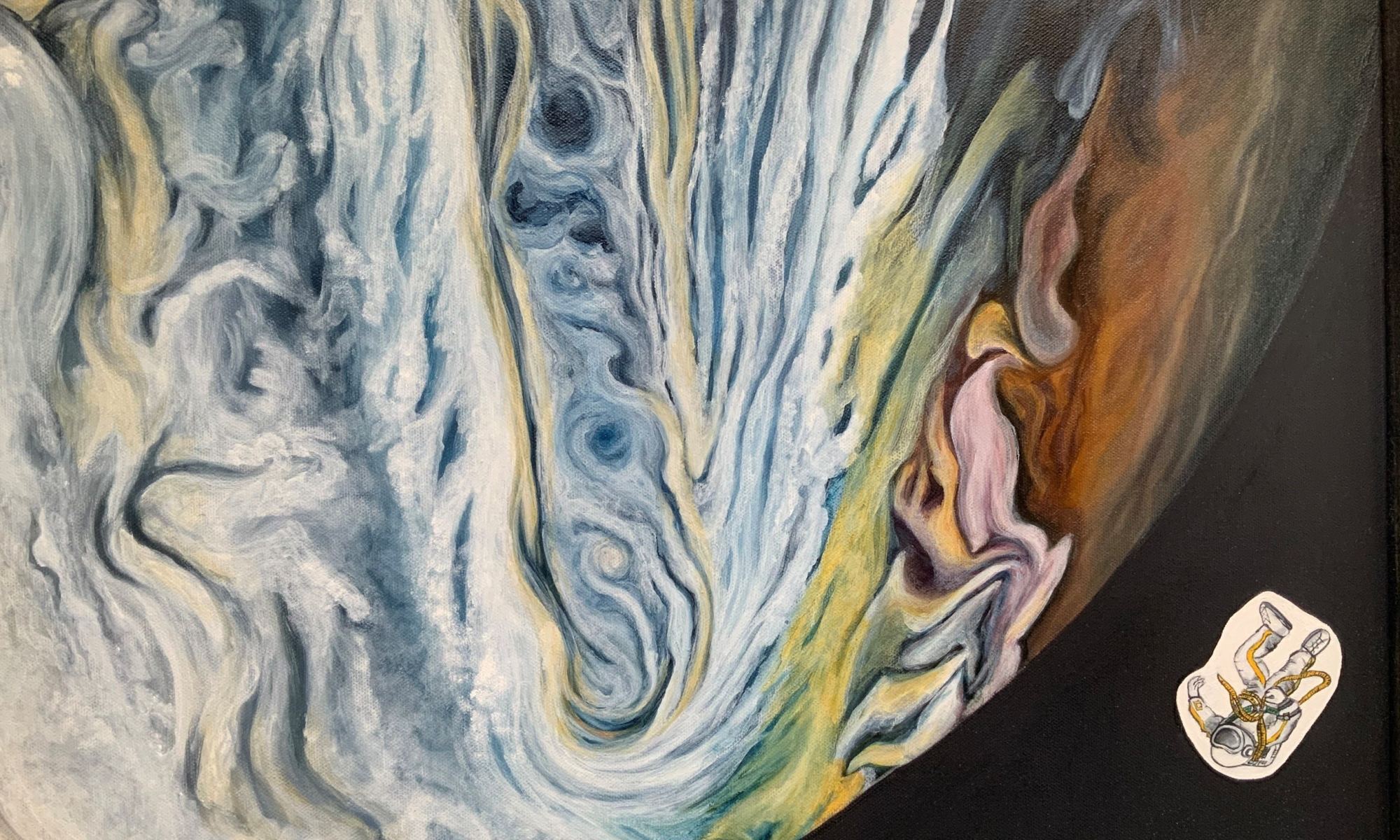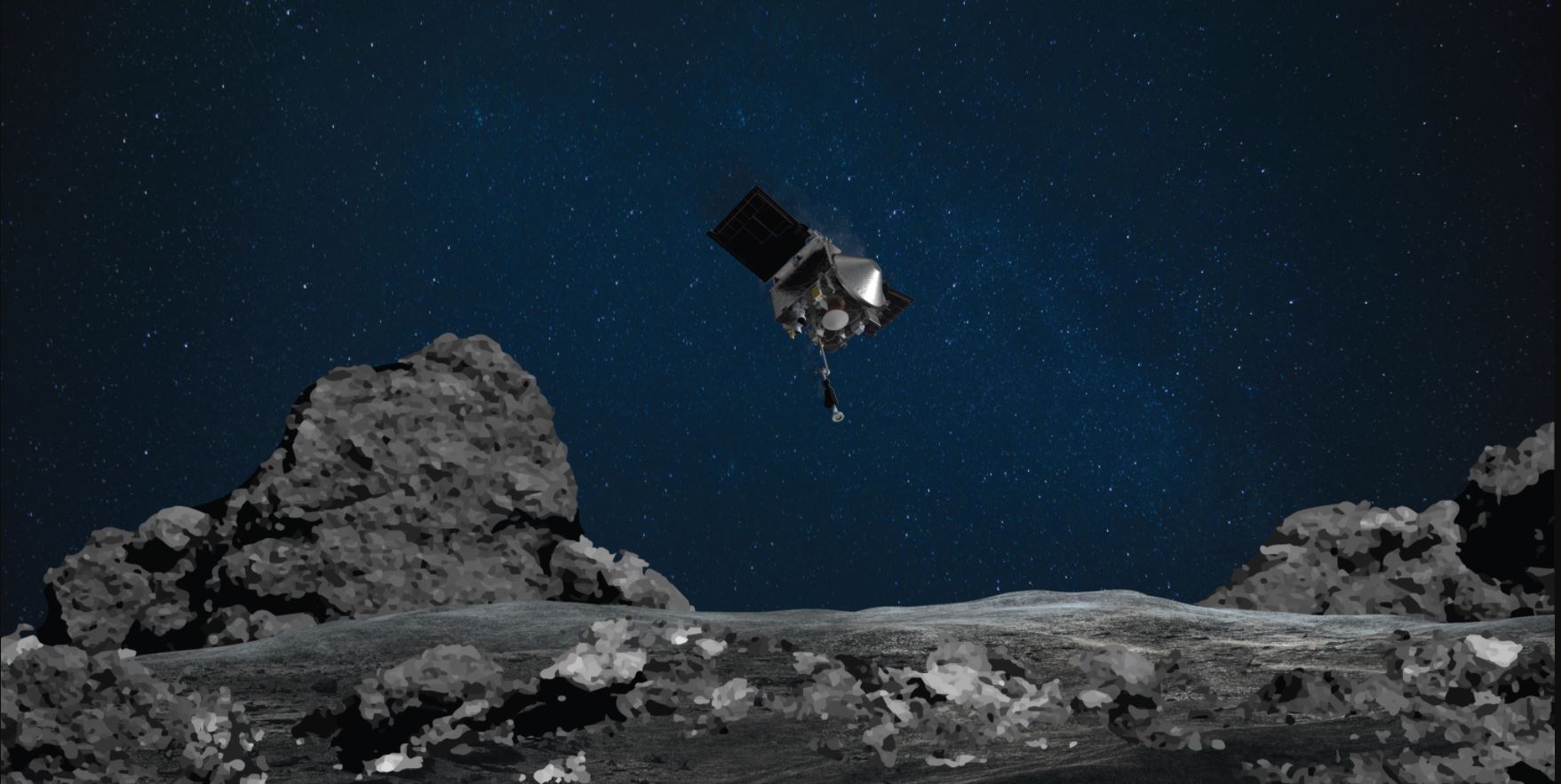A group of amateur and professional astronomers have collaborated to create what may be the highest resolution global map of Mars ever created with images taken from Earth.
The images were taken with the 1-meter telescope at the Pic-du-Midi observatory in the Pyrenees of France, during several nights in October and November, 2020 when Mars was at opposition, or its closest approach to Earth.
Continue reading “A High Resolution, Cross-Eyed Look at the Entire Surface of Mars”
